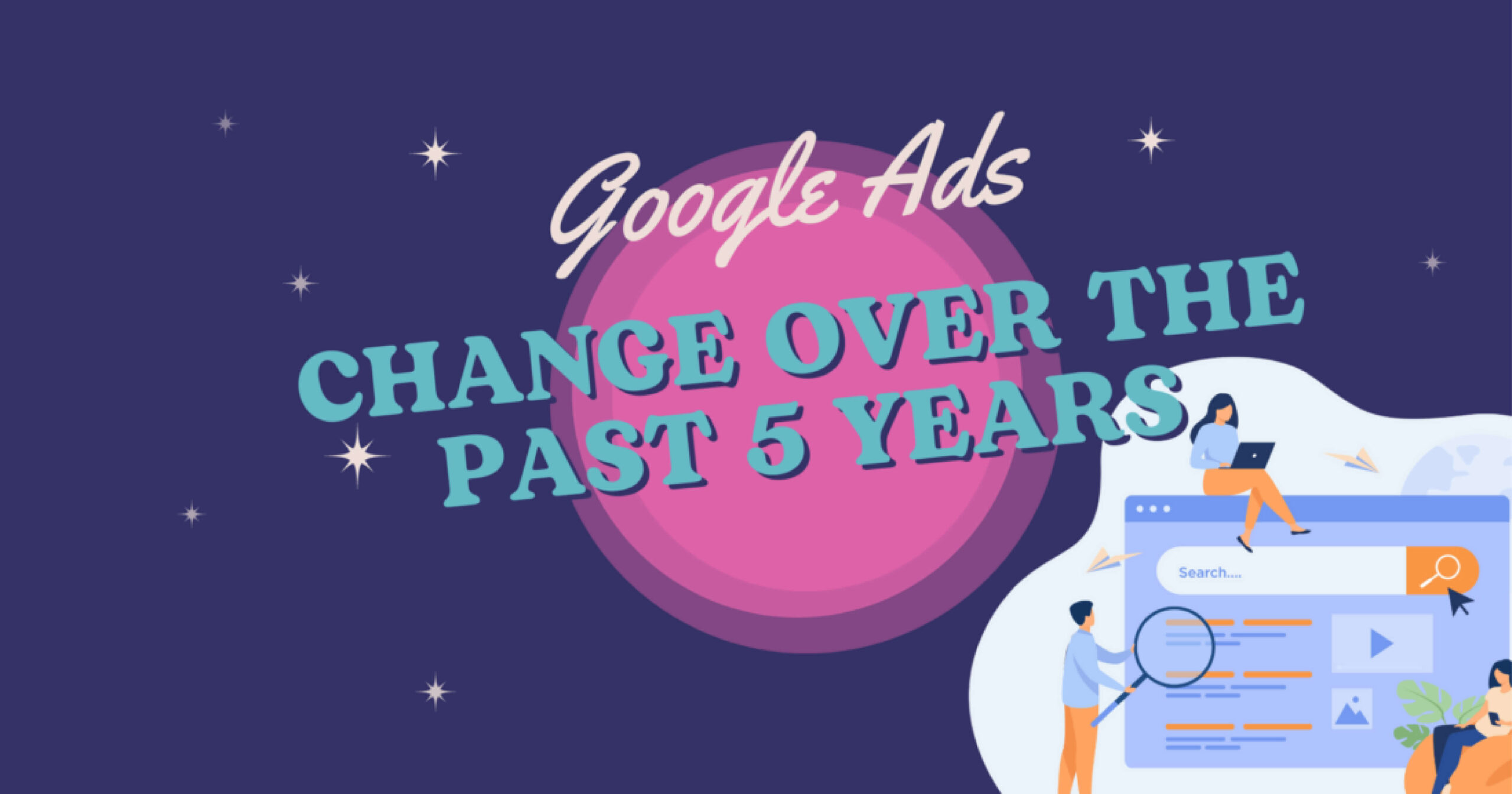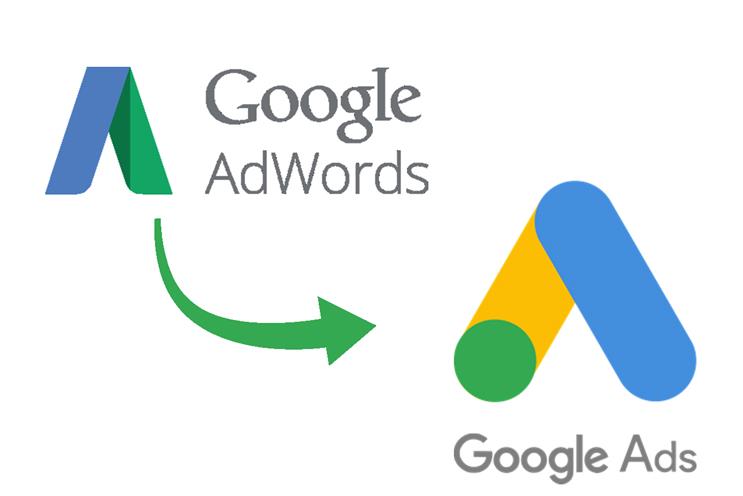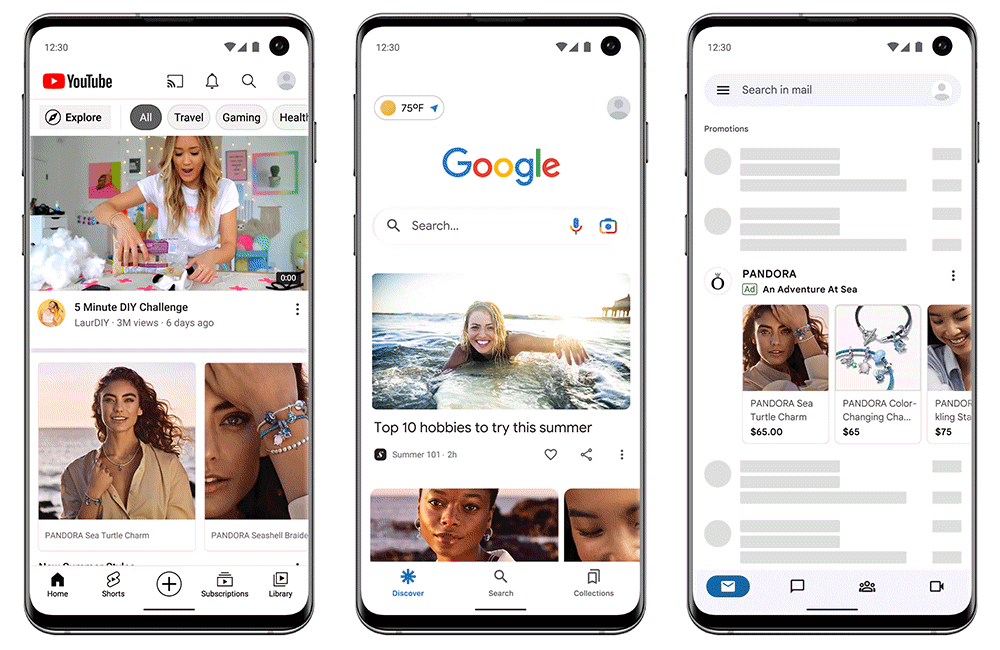Over the past 5 years, Google Ads, the widely used online advertising platform, has experienced a series of remarkable Google Ads updates. This article leads you through the journey from 2017 to 2023, dissecting the major changes in the Google Ads platform and their impact on the online advertising industry.
Google Ads Updates in 2017
In 2017, Google Ads witnessed several noteworthy changes. The account management interface was improved to enhance the user experience, reducing time and unnecessary actions in the old interface. However, there were still some complexities, such as unclear keyword negation settings causing confusion.
Furthermore, the Historical Quality Score allowed advertisers to gain a better understanding of their campaign performance. The introduction of Smart Display Campaigns opened up a new approach to advertising on the Google Display Network (GDN).
Enhanced CPC, a feature that enabled advertisers to increase their bids by up to 30% in high-converting auction sessions, was introduced.

Google Ads Updates in 2018
On July 24, 2018, Google took a significant step by rebranding from Google AdWords to Google Ads.
The transition from Google AdWords to Google Ads represented more than just a change in branding. It signaled Google’s expanding focus beyond traditional search advertising to encompass a broader array of ad formats and placements. The introduction of Smart Campaigns aimed to simplify the ad creation process for small businesses, while the evolution of responsive search ads and the addition of new inventory and audience targeting options demonstrated Google’s commitment to innovation in online advertising.

Furthermore, the migration from AdWords to Google Ads heralded the integration of machine learning and automation features, illustrating Google’s emphasis on leveraging advanced technologies to streamline campaign management and improve ad performance. This shift underscored the dynamic nature of digital marketing and Google’s dedication to providing advertisers with cutting-edge tools and resources to achieve their advertising objectives.
Google Ads Updates in 2019
In 2019, Google Ads began phasing out the average position metric in search results. Instead of evaluating ads based on average position, Google started using metrics such as Ad Rank and Quality Score to determine the ad display order on search results. They also promoted the appearance of ads on TV screens and improved the Targeting Expansion for Search feature. Object expansion and campaign level bid adjustments features helped optimize campaigns and enhance advertising performance.
Google Ads Updates in 2020
In 2020, Google introduced Discovery campaigns, opening up opportunities for advertising on new platforms. By combining expanded reach with machine learning technology and unique audience insights, brands found it easier to connect with new, qualified customers on a larger scale.
Audio Ads: With the desire to help you adjust your media and creative approaches to the various ways consumers interact with YouTube, Google introduced Audio Ads, the first advertising format designed to connect your brand with the audience through interaction and listening on YouTube.
Changes related to bidding on display ratio in search results have made advertising more effective. Potential customer form utilities have provided valuable information from advertising campaigns.
Google Ads Updates in 2021
The 2021 Google Ads updates introduced several noteworthy changes that are essential for advertisers to be aware of. Here’s a comprehensive breakdown of the key updates:
- Conversion Goals: Introduced on November 1, Conversion Goals allow Google to automatically group similar conversion actions together into categories of actions, such as Purchases or Submit Lead Forms. This feature enables bidding optimization at the campaign or account level.
- Deal Features for Shopping: As of October 28, product listings with a deal badge can now appear in a designated Deals feed, and there are improved reporting features available for these listings.
- New Google Ads Budget Report: Rolled out on September 30, this update provides advertisers with more insight into how Google spends their budget each day and month.
- Infinite Scroll on Mobile SERP: Effective from October 14, the mobile SERP now uses an infinite scroll feature, impacting text ad distribution.
- New Offline Conversions Import (OCI) Helper Tool: On September 28, Google introduced a self-service tool to help businesses view and analyze offline conversion data in Google Ads.
- Enhanced Conversions Out of Beta: As of September 30, enhanced conversions were made available to all eligible advertisers. This solution offers accurate and privacy-first conversion tracking.
- FLoC Testing Pushed Out to Q1 2022: Google’s testing of the Federated Learning of Cohorts (FLoC) technology was delayed to Q1 2022, impacting advertisers’ ad targeting strategies.
- Upgraded Ad Extensions: On October 26, Google introduced upgraded ad extensions with new features, replacing existing ad extensions by the following year.
- Performance Max Campaigns Widely Available: From November 2, Performance Max campaigns are now accessible to all advertisers worldwide.
- Engaged-View Conversions for Video Display Ads: Rolled out on September 27, engaged-view conversions are now available for video Display campaigns, providing a robust non-click metric for advertisers.
These updates bring significant changes and opportunities for advertisers using Google Ads, highlighting the importance of staying informed and adapting strategies to leverage these new features effectively.
Google Ads Updates in 2022
In 2022, the advertising market faced account suspension measures, and Google introduced temporary business operation verification errors. Enhanced data usage restrictions led to changes in how advertisers approached data handling.
- Account Suspension and Safety Concerns: Advertisers had to deal with their Google Ads accounts being temporarily suspended or restricted due to violations of Google’s advertising rules and policies. This emphasized the need for stricter compliance with Google’s advertising regulations.
- Temporary Business Operation Verification Errors: Google enhanced the verification of business operations for advertisers, especially for large-scale enterprises. This required businesses to provide detailed information about their business operations to ensure accuracy and reliability in advertising.
- Data Restrictions: Google strengthened security and privacy measures, particularly in user data handling. This brought changes in how advertisers could access and use data. Advertisements that heavily relied on user data for optimizing ad campaigns had to adapt to these restrictions.
- Ad Quality and Interaction: With data limitations, the quality and interaction of advertisements became more critical than ever. Google enhanced factors assessing ad quality and user experience to ensure that ads were high-performing and valuable to users.
- Diversification: Faced with challenges in the Google Ads advertising landscape, many businesses diversified their advertising campaigns, including using other advertising platforms like Facebook, TikTok, and other online advertising platforms.
Google Ads Updates in 2023
In 2023, Google Ads has introduced several key updates that can significantly impact digital advertising strategies. Here is a breakdown of the key Google Ads updates for 2023:
- Changes To Audience Testing: Google Ads has phased out the Similar Audience feature due to the evolving landscape of data privacy and the shift away from individual-level tracking. Instead, Google now emphasizes creating cohorts of users based on shared interests through the FLoC (Federated Learning of Cohorts) system. This change aims to improve user privacy while still allowing advertisers to effectively target their ideal audiences.
- Ad Formats Being Replaced: Expanded text ads and smart shopping campaigns have been replaced by responsive search ads and Performance Max campaigns. Responsive search ads use machine learning to create various ad combinations, optimizing ad performance. Performance Max campaigns consolidate elements of Local campaigns and Smart Shopping campaigns, aiming to enhance marketing efforts and streamline advertising processes.
- Latest Updates To Discovery Ads: Discovery ads have been enhanced to help brands better engage with their audiences. These updates include new product feed layouts, improved reporting capabilities for tracking performance, and the introduction of data-driven attribution to measure the impact of Discovery ads and Video action campaigns.
- Changes to Attribution Models: Google Ads has made data-driven attribution the default model, replacing first click, linear, time decay, and position-based attribution models. This change offers more flexibility in adapting to consumer journeys and has become the primary attribution model for automated bidding in Google Ads.
- Performance Max: Performance Max is an automated campaign type that combines text and creative assets for goal-based advertising. It replaces Local campaigns and Smart Shopping campaigns, providing a range of new features to enhance advertising experiences. Features like account-level negative keywords, campaign-level brand exclusions, page feeds, experiments, video creation tools, asset group reporting, and budget pacing insights are aimed at improving campaign performance and optimization.
The changes related to Google Ads over the past 5 years have created both new opportunities and challenges for online advertising businesses. To succeed on this platform, understanding and adapting to these changes is crucial for optimizing your advertising campaigns.
If you have any questions, please contact Optimal Marketing Agency, our team of staff will assist you 24/7.

